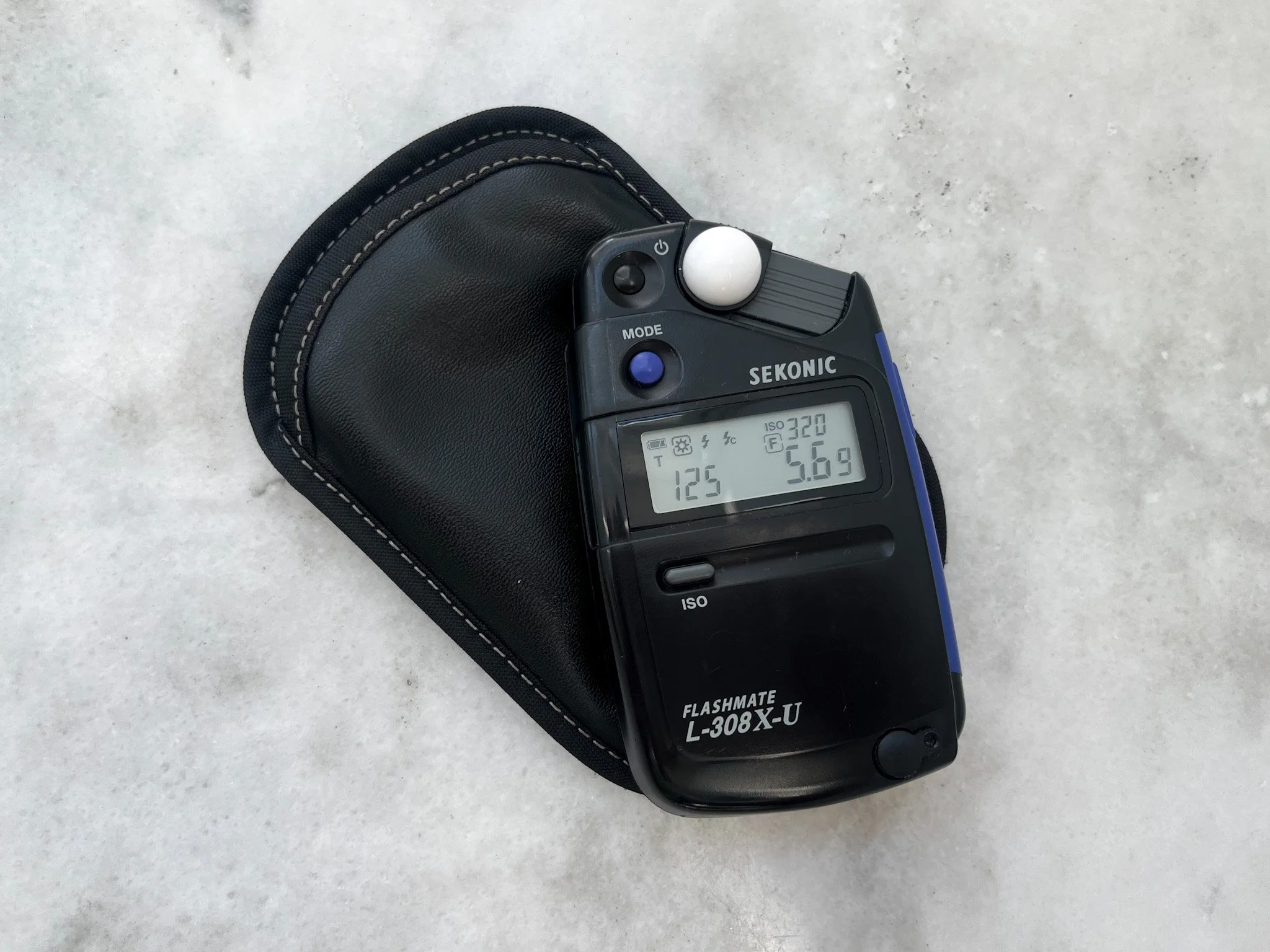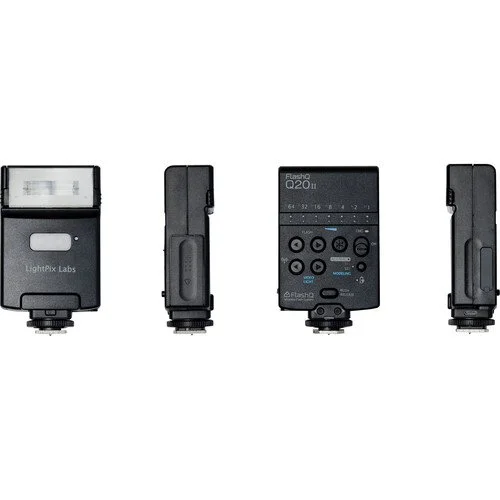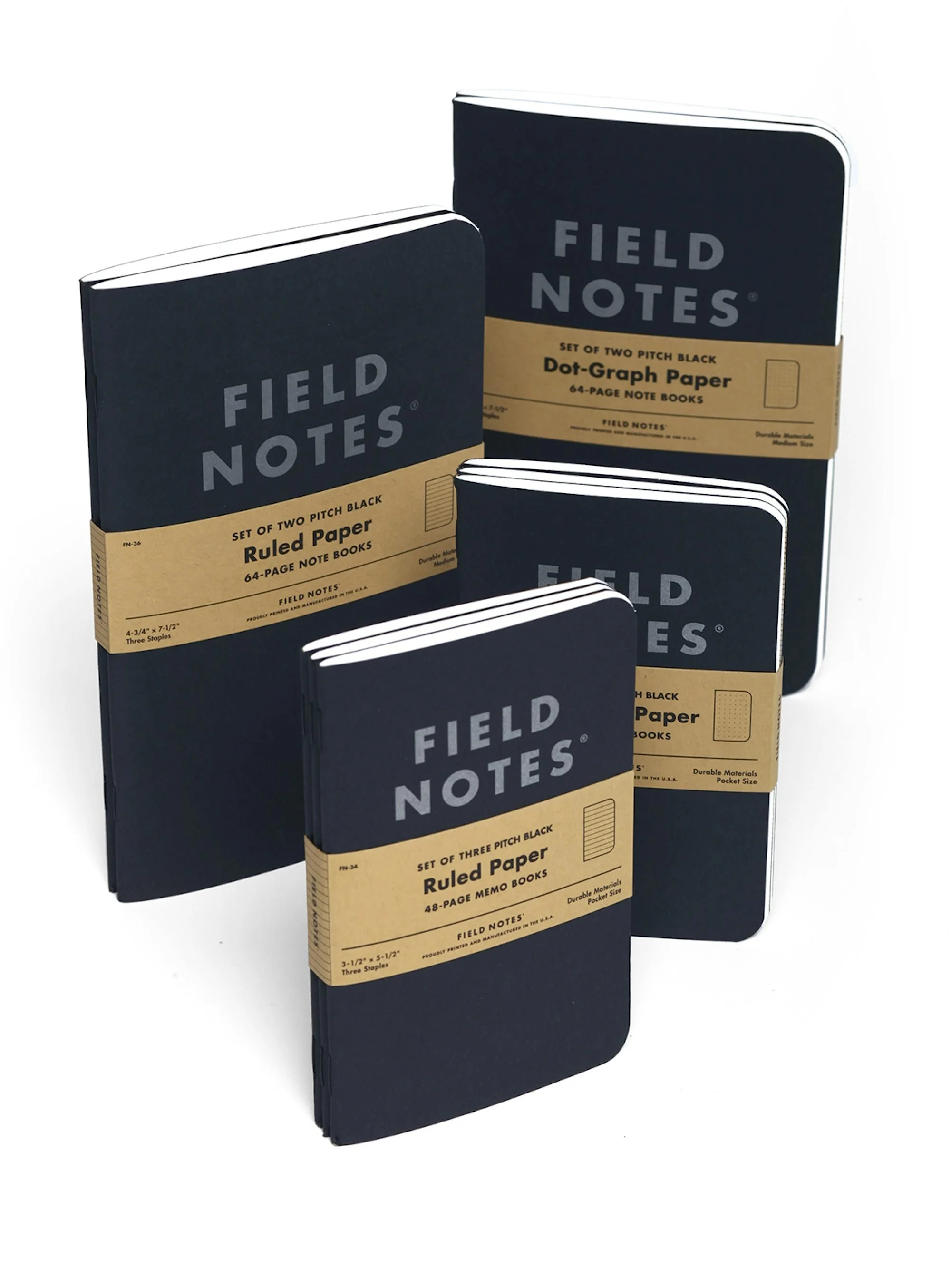6 Accessories Every Film Photographer Needs 2025
Film photography is an art form that combines precision and creativity. Unlike digital photography, every frame counts, making the right accessories essential for achieving the best results. Whether you're using film cameras for the first time or you're a seasoned photographer looking to refine your craft, these six must have accessories will elevate your film photography and help you make the most of your film rolls.
Light Meter
A light meter is one of the most critical tools for any film photographer. It measures light intensity and helps you fine tune your aperture settings, shutter speed, and ISO film rating to ensure perfect exposure. While many film cameras come with built in light meters, external light meters are more accurate and versatile, making them a must have accessory.
Using a light meter is especially useful in situations with complex lighting, such as studio photography or high contrast outdoor scenes. It helps you master the relationship between light, shadows, and exposure, which is critical for maximizing the potential of your film rolls. Beginners and professionals alike can benefit from the consistent results that a high quality light meter is guaranteed to deliver.
I swear by Sekonic and would recommend any of their light meters. The one I use is the Flashmate L-308 X-U.
External Flash
An external flash is a vital accessory for film photographers who frequently shoot in low light or high contrast environments. While many film cameras come with built in flashes, these are often underpowered and limited in functionality. An external flash provides greater control over lighting, allowing you to adjust brightness, direction, and intensity to suit the specific needs of your scene.
External flashes are especially useful for portrait and event photography, where consistent and controlled lighting can significantly improve the quality of your images. A well designed flash with adjustable angles enables you to bounce light off surfaces for softer, more natural illumination. For those working with vintage cameras, ensure the flash is compatible with your hot shoe or PC sync port.
When choosing an external flash, consider one with manual controls to complement the manual nature of film photography. This allows you to fine tune light output based on your aperture settings, shutter speed, and the type of ISO film you’re using. Compact flashes are great for portability, fitting easily into your camera bag, while more powerful units are ideal for professional setups.
Investing in an external flash gives you the flexibility to shoot in a wider range of conditions, ensuring your film rolls capture the perfect shot every time.
The flash I use is the LightPix Labs FlashQ Q20II. This flash is portable, reliable, and can be find tuned to your specific needs.
Camera Bag
Every film photographer needs a reliable camera bag to protect their gear and keep it organized. Film photography often requires carrying vintage cameras, multiple film rolls, lens filters, and other essential accessories. A well designed film camera bag ensures your equipment stays safe from impact, dust, and moisture.
For those using larger film cameras or medium format gear, a padded camera bag is especially important. Look for bags with multiple compartments to store items like light meters, cables, and lens filters efficiently. Whether you're shooting on location or traveling, a good camera bag not only protects your investment but also keeps everything easily accessible for quick setup.
I’d recommend the Lowepro FreeLine Backpack 350 AW for a multifunctional, lightweight, durable film camera bag.
Small Book + Pen
A notebook and pen might seem simple, but they are vital accessories for any film photographer. Logging details such as shutter speed, aperture settings, the ISO of the film used, and lighting conditions allows you to learn from every shoot. This practice is invaluable for understanding what works and what doesn’t when reviewing your developed film rolls.
If you develop your own film, a notebook becomes even more essential. Record information like chemical dilutions, development times, and specific processes to ensure consistency across your work. Notebooks are also useful for keeping track of creative ideas, locations, and experimental settings. A small notebook fits easily into any camera bag, making it a practical accessory for both studio and outdoor shoots.
The Field Notes brand book is the perfect size that lets you write down exactly what you need an never gets in your way.
Tripod + Cable Release
A tripod stand is a non negotiable accessory for capturing sharp, blur free images. In film photography, where shutter speed often needs to be slower due to low light conditions, a sturdy tripod ensures stability and precise framing. This is particularly important when shooting with heavy vintage cameras or experimenting with long exposure techniques.
To further reduce vibrations, pair your tripod with a cable release. A cable release allows you to trigger the shutter without physically touching the camera, eliminating the risk of motion blur. This combination is indispensable for shooting at night, capturing star trails, or working with ISO film that requires longer exposure times. Keep both a tripod and a cable release in your camera bag to be ready for any situation.
©Andrew Bradley via Flickr
Durable Camera Strap
A durable camera strap is a must for safely carrying your film camera during shoots. Many film cameras, especially vintage cameras, are heavy and can be expensive to repair. A strong strap ensures your film camera is secure, whether you’re shooting in busy streets, hiking in nature, or traveling.
When selecting a camera strap, look for materials like leather or reinforced nylon for durability. Adjustable straps are ideal for comfort during long sessions. Some manufacturers design straps specifically for certain film camera models, ensuring a perfect fit and better ergonomics. A good camera strap is an investment that protects your gear and makes shooting more convenient.
One tip I have for buying camera straps is to buy the camera strap that was made specifically for your film camera. With film cameras, this can take a bit of hunting but this ensures the ergonomics of your film camera body were in mind when the strap was made. Otherwise, buy a strap that you are beyond confident can support the weight of your camera and be aware of how the strap detaches from the film camera to avoid slippage over time. For a modern strap I’d recommend the Peak Design Slide Camera Strap.
The right accessories—light meters, camera bags, tripod stands, cable releases, notebooks, camera straps, and flashes are essential for any film photographer. They not only enhance your images but also protect your gear and streamline your workflow. Whether you’re capturing landscapes, portraits, or experimental shots, these tools will help you make the most of your film cameras and produce more predictable results with every roll.
Investing in high quality versions of these accessories ensures they will serve you well as you grow in your journey with film photography. Keep them organized in your camera bag and make them part of your routine to elevate your craft and achieve consistent, professional results.







